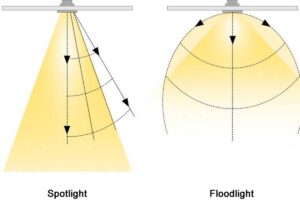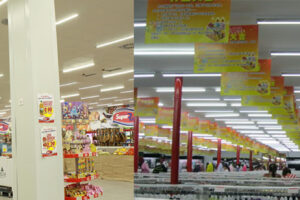Choosing the wrong LED light color can totally throw off the feel of a room. If it’s too warm, your workspace might start to feel like a nap zone. Too cool? Suddenly your cozy living room feels like a hospital hallway. But when you get the color right, everything clicks—your mood, focus, and comfort all get a boost.
LED light color is all about the color temperature and the kind of hue that comes out of the bulb. It’s measured in Kelvin (K), and the range goes from soft warm white (2700K–3500K), to clean cool white (4000K–5000K), all the way up to daylight tones (6000K+). If you want fun, there’s RGB too, where you can switch between colors on demand. The right choice depends on what kind of mood or atmosphere you want in your space.
Wondering which one’s right for you? Let me walk you through it.
Table of Contents
What Does LED Light Color Mean?
LED light color is really just the tone of the light you see from the bulb or fixture. It sets the mood, affects how a room feels, and even impacts how productive or relaxed you are. It’s all measured in Kelvin (K), and once you understand the scale, picking the right color gets a whole lot easier.
Warm White (2700K–3500K)
This is that soft, golden glow that feels cozy and familiar—just like the old incandescent bulbs. It’s the perfect color for relaxing spaces like living rooms, bedrooms, and dining areas. It makes everything feel calm, comfortable, and easygoing.
Daylight (3500K–4500K)
This cooler, bluish light looks like real daylight. It’s ideal for places where you need to stay alert—like garages, workshops, or any task-heavy room. It gives you clarity, focus, and helps you power through whatever needs doing.
Cool White (4500K–6500K)
This is your bright, clean white light. It’s what I go for in offices, kitchens, bathrooms, and retail spaces—anywhere you want clear visibility and sharp focus. It’s energizing, reduces eye strain, and helps you stay productive.
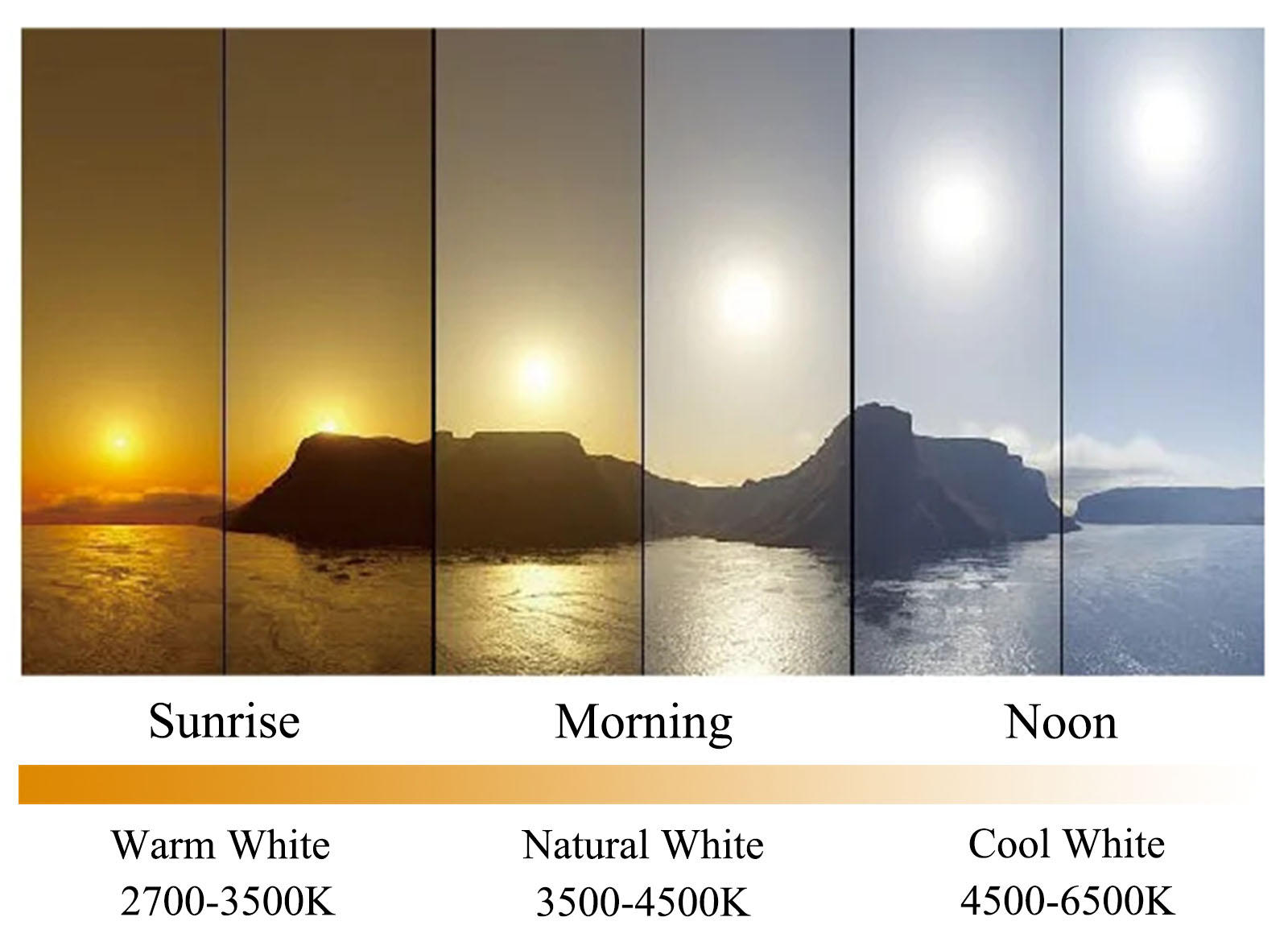
Light Color Temperature
RGB LED (Red, Green, Blue)
Now we’re talking mood lighting. RGB LEDs mix red, green, and blue to create a whole spectrum of colors. Perfect for bars, gaming rooms, media centers, or anywhere you want some visual excitement. Many of them are smart-enabled too, so you can control them with your phone or voice.
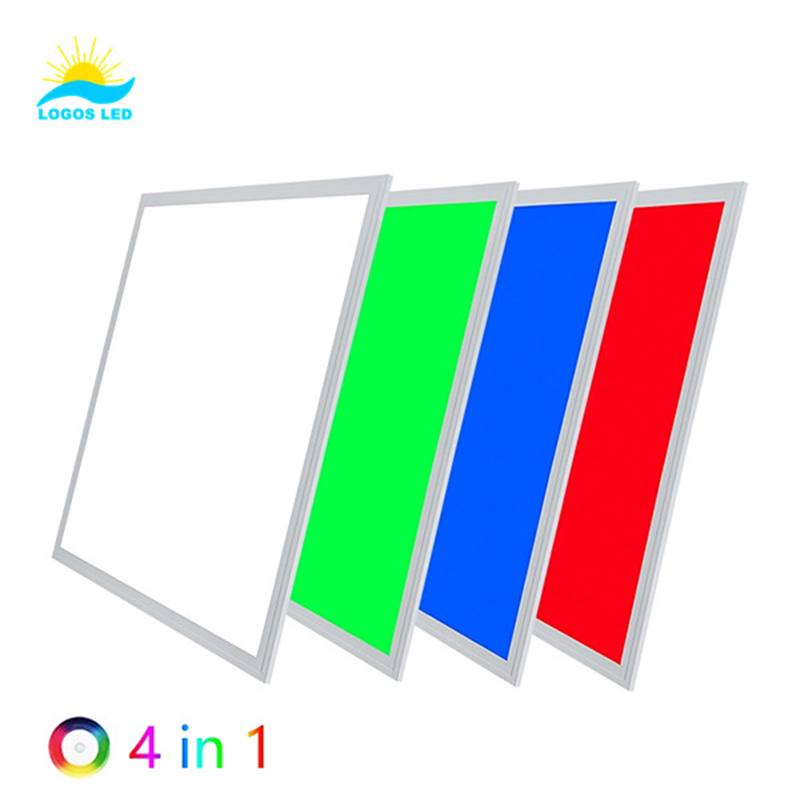
RGB Panel LED Lights
Choosing the right LED color sets the tone for the whole room. Whether you want cozy, bright, focused, or fun—there’s a perfect color for it.
Where To Use Warm, Cool, Daylight, & RGB LED Lights
Picking the right LED light color isn’t just about looks—it’s about creating the right mood and making sure each space does what it’s supposed to. Warm, cool, daylight, and RGB LEDs each bring their own strengths, and here’s how I figure out where to use each one.
Where I Use Warm White LED Light
Warm white LEDs (2700K–3500K) give off a soft, cozy glow that feels like old-school incandescent light. I love using these when I want to relax or make a space feel more inviting.
- Living rooms – Perfect for winding down or spending time with family
- Bedrooms – Helps me relax before sleep
- Restaurants – Creates a warm, welcoming dining experience
- Hotel lobbies – Gives a touch of luxury and comfort
- Cafes and coffee shops – Sets a chill, stay-a-while kind of mood
Where I Use Cool White LED Light
Cool white LEDs (4500K–6500K) put out a bright, neutral light that keeps things sharp and clear. I lean on this color when I need to stay alert and focused.
- Offices – Keeps me productive without eye strain
- Retail stores – Makes displays stand out and feel crisp
- Kitchens – Gives great visibility for cooking and prep
- Workshops – Helps me spot every little detail when working on projects
- Grocery stores – Keeps the space bright and clean-looking
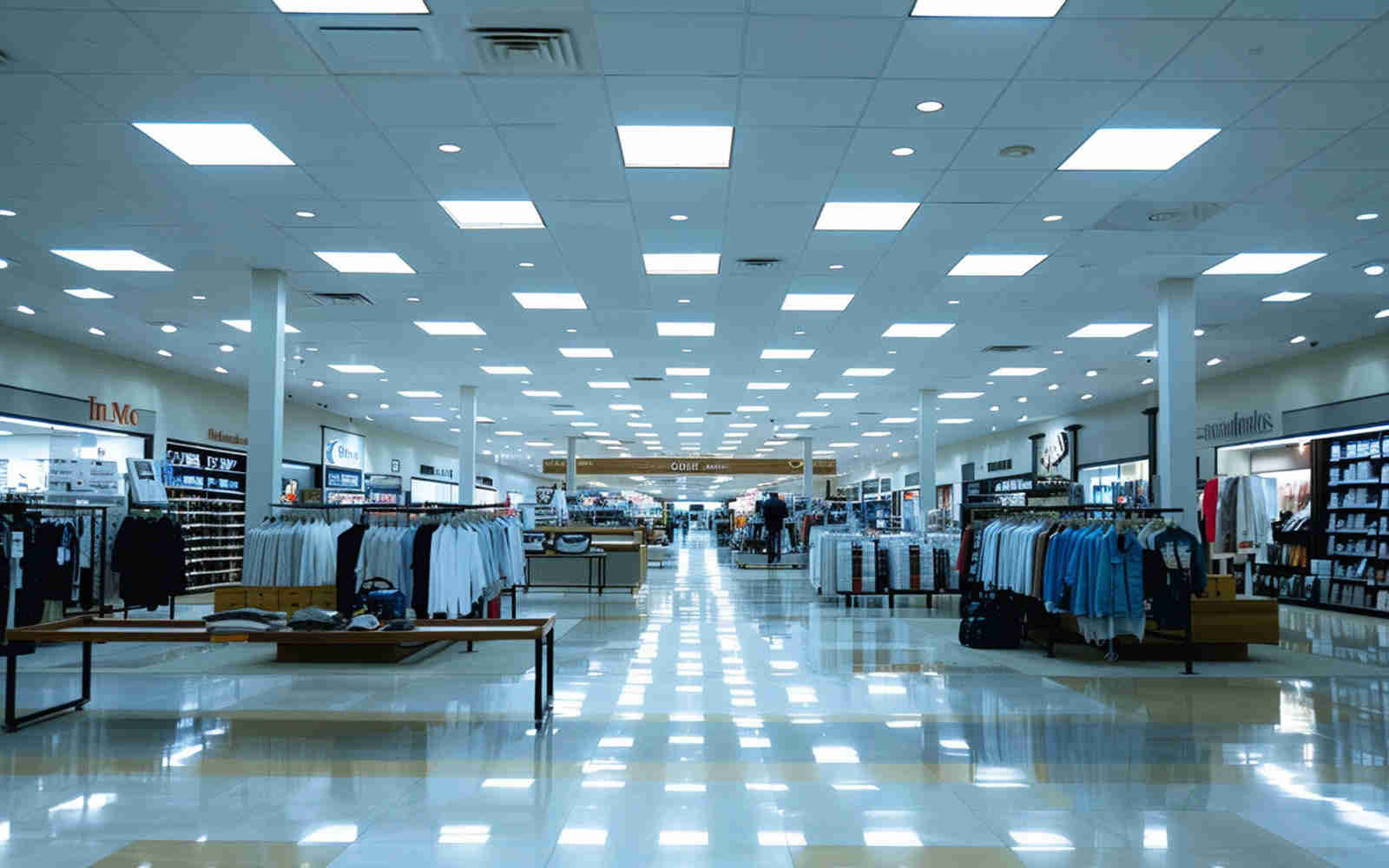
Where I Use Daylight LED Light
Daylight LEDs (3500K–4500K) are the closest thing to natural sunlight. They’re bright, clean, and perfect when accuracy really matters. I go for daylight LEDs when I’m working on something that needs precision.
- Hospitals – Offers the clarity needed for exams and procedures
- Studios – Delivers true color for photography and art
- Laboratories – Great for scientific work where precision is key
- Garage workshops – Helps me stay focused on the details
- Industrial spaces – Lights up big areas and boosts visibility for safety
Where I Use RGB LED Light
RGB LEDs combine red, green, and blue to create any color I want. These lights are all about vibe, and I use them when I want to add fun, mood, or a little flash to a space.
- Gaming rooms – Makes the setup immersive and exciting
- Bars and clubs – Lets me create a dynamic atmosphere
- Theater setups – Adds mood lighting for the perfect movie night
- Accent lighting for shelves, TVs, and furniture – Brings modern style into the room
- Event and party venues – Delivers colorful effects that match any theme
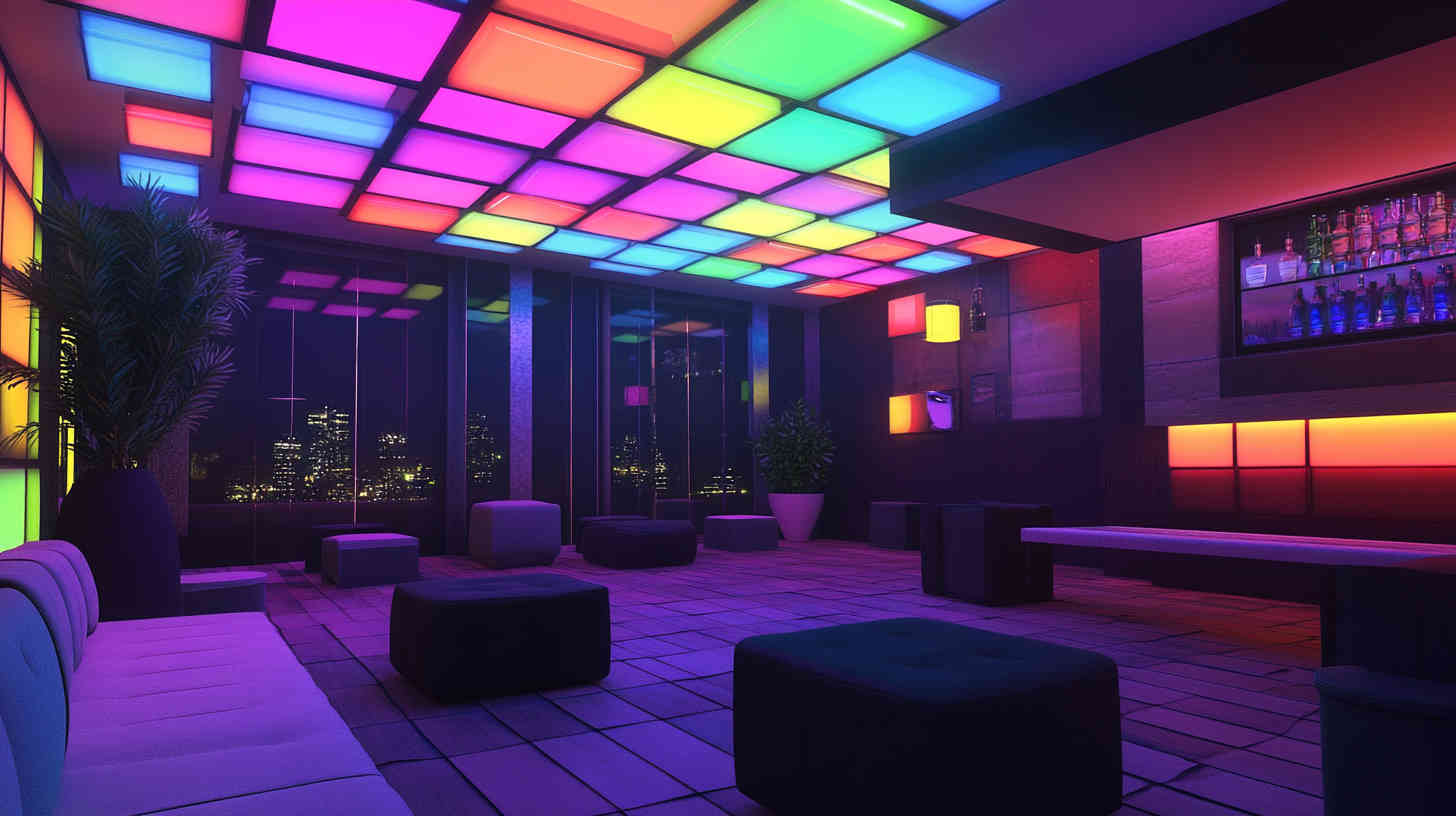
Choosing the right LED light color for each space really comes down to what you want that space to feel like and how you’re going to use it. I use warm white when I want to feel cozy, cool white to stay sharp and focused, daylight when I need serious clarity, and RGB when I want to set the mood or add some flair. Once you match the light to the job, everything just works better.
Factors to Consider While Choosing LED Light Color
Picking the right LED light color isn’t just about making a room look good—it’s about setting the mood, boosting performance, and keeping energy bills in check. Since LED color temperature is measured in Kelvin (K), the number you choose directly affects how the space feels and functions. Here’s how I decide what color works best depending on where and how I’m using the lights.
1. Purpose of the Space
Before I pick any light color, I always ask: what’s this room used for? Because the tone of the light can totally change how people feel in the space.
- Warm white (2700K–3500K) – I go with this in bedrooms, living rooms, or restaurants—places where comfort and a relaxed vibe matter most.
- Cool white (4000K–5000K) – This is my go-to for kitchens, retail areas, and offices where I need crisp light to stay productive.
- Daylight (6000K–6500K) – I use this in places that demand high visibility and accuracy, like hospitals, workshops, or labs.
- RGB LED – This one’s for fun—entertainment rooms, parties, or gaming setups where I want some mood or color flexibility.
2. Brightness Requirements
Brightness is another thing I never ignore. The brighter the space needs to be, the cooler (higher Kelvin) the light usually needs to be.
- Workspaces and study areas – These need a punch of brightness, so I go for 5000K–6500K to keep things sharp.
- Bedrooms and chill-out zones – Here, I want something mellow, so 2700K–3500K does the trick.
- Retail and displays – These need a sweet spot that highlights products without washing them out. I use a balanced Kelvin depending on the vibe.
3. Aesthetic Preference
Let’s be real—looks matter. The light color I pick has to vibe with the furniture, wall colors, and overall style.
- Modern, clean spaces – Cool white or daylight LEDs give that sleek, fresh finish.
- Classic or rustic spaces – I stick with warm white here to bring out those rich wood tones and make the space feel softer.
- Creative studios or funky rooms – This is where I throw in some RGB lighting for a splash of personality and fun.
4. Energy Efficiency
Here’s the practical side—some LED colors are more efficient than others. And that matters when I’m lighting up a big space or trying to cut energy costs.
- Cool white and daylight LEDs – These usually give more light per watt, so they’re great when I want efficiency and brightness together.
- Dimmable LEDs – I love these because I can adjust brightness depending on the time of day or the mood I’m going for, which also saves energy.
- Smart lights – These are next level. They adjust brightness and even color temperature on a schedule or when people enter the room, helping me save energy without thinking about it.
5. Compatibility with Fixtures
Nothing’s worse than buying a bunch of bulbs that don’t work with your fixtures. I always double-check this before I commit.
- Recessed lights and downlights – These pair well with cool white or daylight, especially when I need focused light.
- Chandeliers and hanging lights – Warm white makes these look elegant and cozy.
- Smart LED bulbs – I make sure they work with my dimmers and smart home apps. No one wants a “smart” bulb that doesn’t listen.
At the end of the day, choosing the right LED light color comes down to how the space is used, how bright it needs to be, what style I’m aiming for, and how I can keep energy use in check. Get that mix right, and you don’t just light a space—you bring it to life.

What Is the Perfect LED Light Color?
Let me tell you—there’s no one-size-fits-all when it comes to the “perfect” LED light color. It really depends on what you’re doing and how you want the space to feel. Over the years, I’ve figured out which color works best for what, and trust me, the right choice makes a world of difference.
- Warm white (2700K–3500K) – This one’s my go-to when I want a space to feel cozy and calm. It’s got that soft yellow tint, kind of like candlelight. Perfect for bedrooms, living rooms, restaurants—anywhere you want people to feel relaxed and at home.
- Cool white (4000K–5000K) – When I’m working in the kitchen or setting up lighting for an office, I stick with this. It’s clean, crisp, and keeps you focused without being too harsh. Great for retail shops too, where you want products to really pop.
- Daylight (6000K–6500K) – Now, if you’re doing detail work—think hospital settings, workshops, garages—this is the heavy hitter. It mimics natural daylight and gives you that sharp, high-contrast clarity that’s perfect when precision matters most.
- RGB LED – I use this one when I want to have some fun. Whether it’s for a gaming room, a home theater, or a party setup, RGB gives you that wow factor with color-changing effects. Total game-changer for setting a mood.
What LED Color Is Best on Eyes?
Now let’s talk about your eyes. Because let’s face it—bad lighting can wear them out fast. I’ve spent enough late nights working under the wrong lights to know which ones keep you comfortable.
- Warm white (2700K–3500K) – This is the easiest on the eyes, hands down. If you’re trying to relax or wind down, this is the one to use. Bedrooms, living rooms, reading nooks—it’s my top pick.
- Neutral white (4000K–4500K) – This one strikes a great balance. It gives you enough brightness to stay alert without frying your retinas. I use it in workspaces, classrooms, and kitchens where I need to stay focused without getting tired.
- Daylight (6000K–6500K) – Sure, it’s super bright and great for detail work—but not for long hours. I avoid this in living spaces unless I need laser focus for a short task. Best saved for hospitals, garages, or industrial zones.
Which Is Brighter: 4000K or 6000K?
This one’s easy—6000K is definitely brighter. It’s loaded with blue-white tones that make it feel super crisp and intense.
- 4000K – This is what I call the “middle ground.” Brighter than warm white, but still easy on the eyes. I use this in places where I need visibility without overdoing it—like offices or kitchens.
- 6000K – Think floodlights or warehouse lighting. It’s great when you want max brightness and sharp contrast, but it can be overkill in a home or casual setting. I only go for this when clarity is non-negotiable.
If you want a good mix of brightness and comfort, 4000K wins for everyday use. But if you’re doing precision work, 6000K brings the firepower.
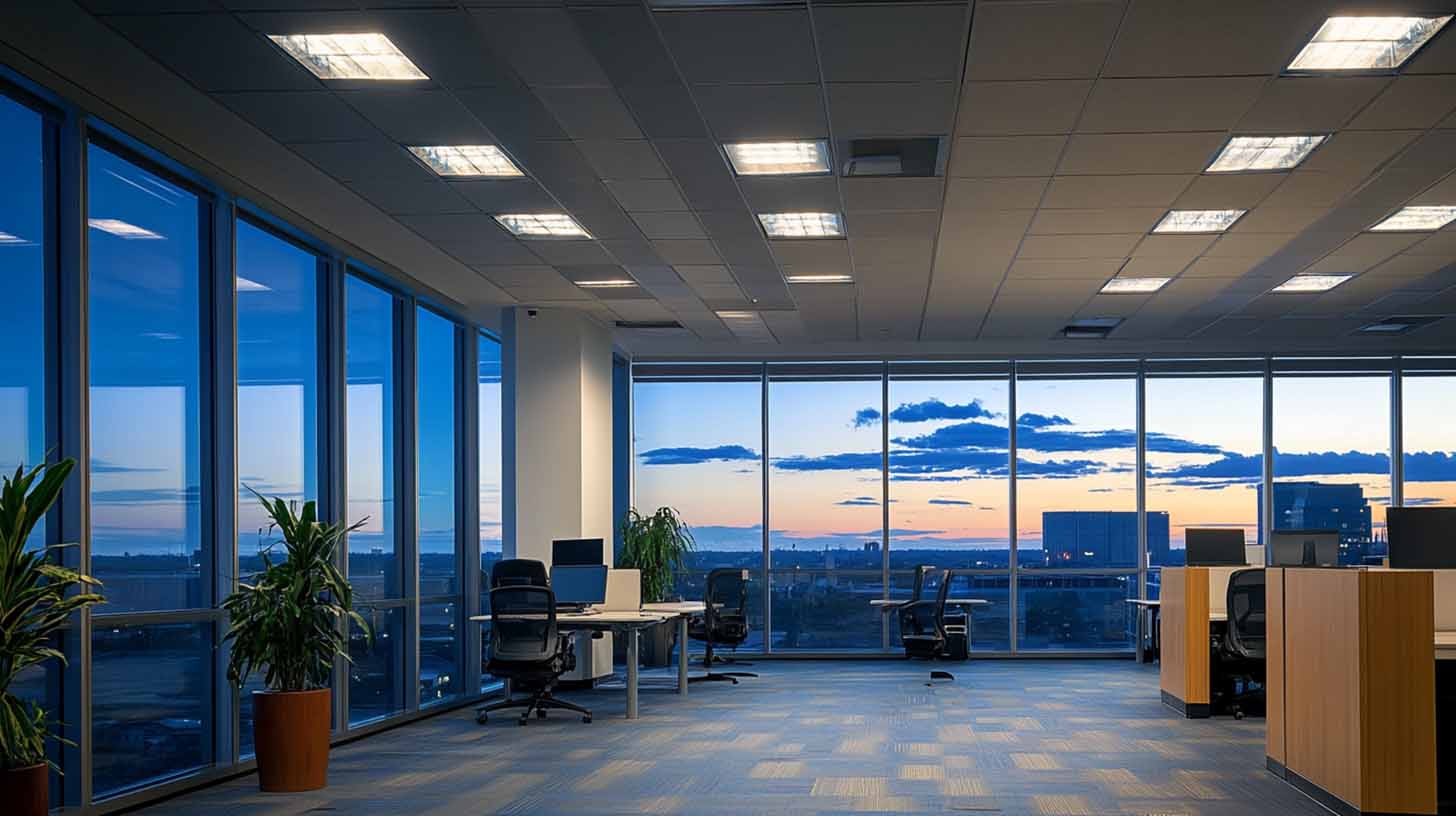
Conclusion
Here’s the deal—picking the right LED light color isn’t just about style. It’s about how you want the room to function and feel. Warm white sets the mood, cool white helps you focus, daylight gets down to business, and RGB brings the party. Once you know what you need, you can dial in the perfect vibe.
Not sure which LED color is right for your setup? Shoot us a message—we’ll help you figure it out and hook you up with a solution that actually works for your space.


